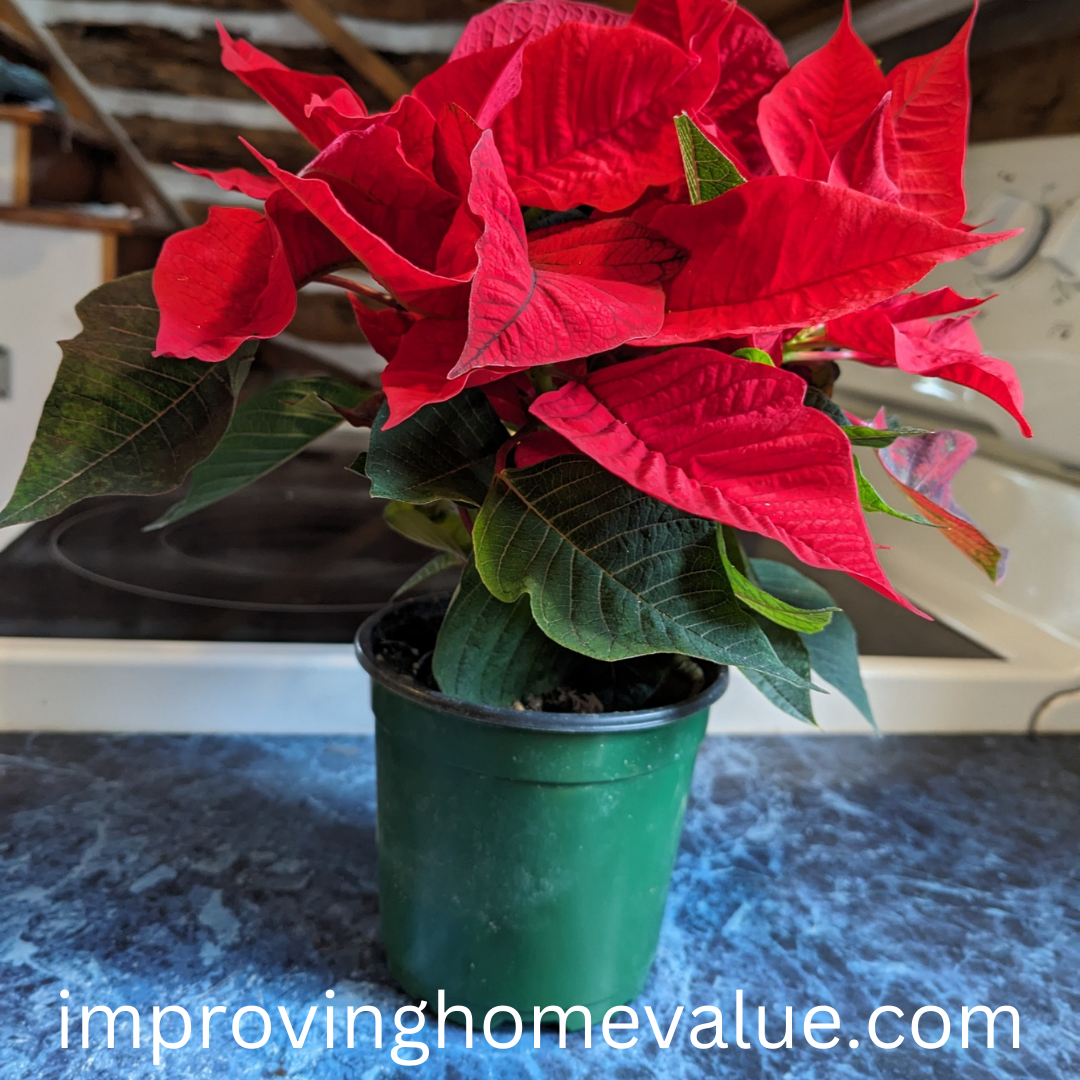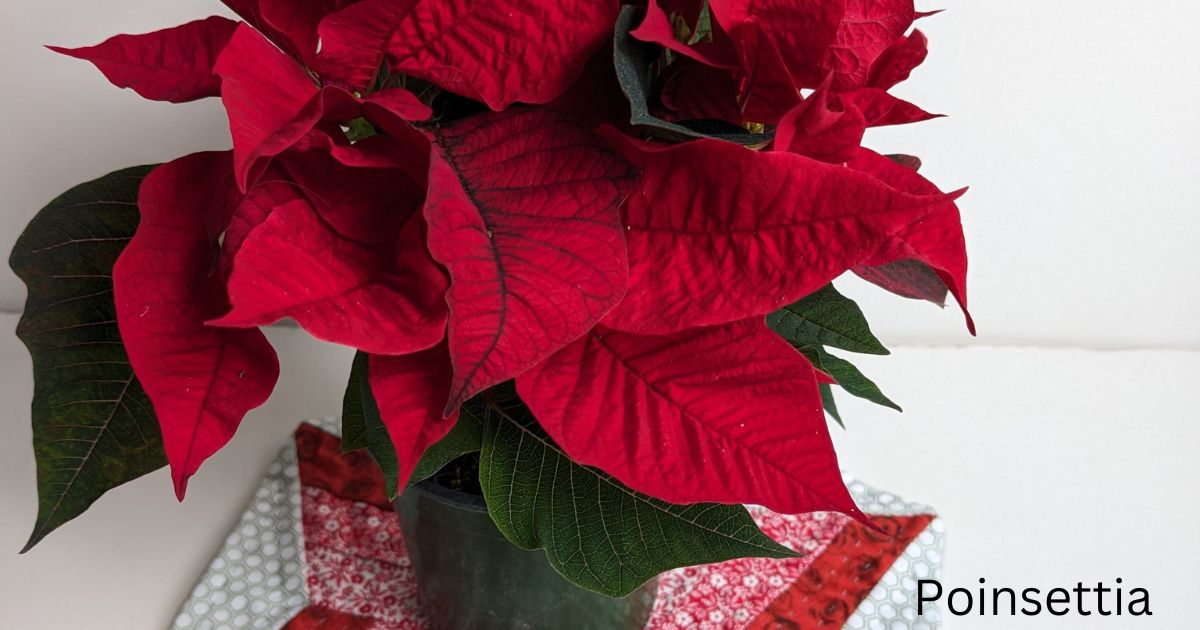Poinsettias, those vibrant red beauties we all associate with festive cheer, are more diverse than you might think. While the classic red is iconic, there are loads of varieties out there. Think creamy whites, playful pinks, and even speckled ones. Each type offers something unique for your space, making it a perfect match for anyone’s holiday decor.
So, you’ve got your stunning poinsettia and you’re wondering, can this lovely plants stick around after the holiday season? Well, here’s the deal: poinsettias aren’t actually perennials in harsher climates, but they can be coaxed into blooming again for next season if treated right. With a bit of care, you’ll see them brighten up your winter months once again.
Starting new plants from cuttings always feels a bit like magic, doesn’t it? And yes, you can totally do this with your poinsettia. It’s all about timing and technique. Grab those healthy green cuttings in spring, pop them into a rooting medium, and watch new life sprout. It’s a fantastic way to keep the joy going year after year without a hefty price tag.
Creating the Ideal Environment for Your Poinsettia
Getting the right mix of sun, soil, and water is crucial for keeping your poinsettia looking its best. These plants love bright but indirect sunlight, so think about placing them near a sunny window but not right up against the glass. Too much direct sun can scorch those pretty leaves, and nobody wants that, right?
When it comes to soil, you’re looking for something that drains well. Poinsettias hate having wet feet, so a potting mix that includes some sand or perlite is just the trick. Being mindful of watering is key—stick your finger in the soil to test it. If it feels dry to the touch, it’s time for a drink, but remember, less is more. Overwatering is a common culprits in poinsettia demise!
Temperature plays a huge role in how well your poinsettia does. They thrive best in cooler temperatures around 60-70°F during the day, and it can dip down slightly at night. Avoid hot drafts from heaters and cold blasts from open windows, keeping the environment as stable as possible.
Now, about feeding your poinsettia—the right fertilizer can work wonders. A balanced, all-purpose fertilizer once a month during the growing season keeps them healthy and lush. But hold off during the blooming season and winter months. You want to focus more on maintaining the current show than pushing for new growth.

Maintaining Health and Addressing Common Issues
Pruning is something that might seem intimidating, but it’s actually pretty straightforward when it comes to poinsettias. They don’t require much, but a good prune after the winter blooms fade can help promote bushier growth. Snip back about a third of the plant in spring, and you’ll be rewarded with a fuller look later on.
Even the best-kept plants can encounter pests and diseases. Poinsettias aren’t immune to these issues but spotting them early makes all the difference. Keep an eye out for common pests like whiteflies or spider mites. A gentle mist of soapy water can help manage these tiny invaders without harsh chemicals.
Plant problems like yellowing leaves or wilting can pop up, often as signs of stress from overwatering, drafts, or nutrient deficiency. Adjusting water habits or relocating the plant to a more stable spot often puts them back on track. Remember, consistency is your best friend when it comes to keeping your poinsettia happy.
As the Poinsettia is a native plant to Mexico, a little loving care with the proper light, temperature, soil and water will let your plant stay healthy for the Christmas season and beyond.
